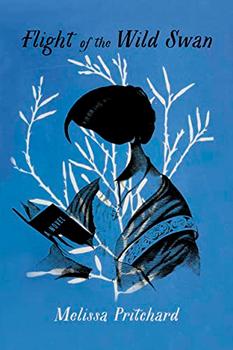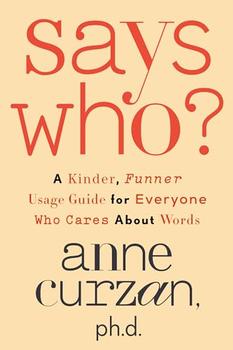Summary | Excerpt | Reviews | Beyond the book | Read-Alikes | Genres & Themes | Author Bio
From Tarot to Tic-Tac-Toe, Catan to Chutes and Ladders, a Mathematician Unlocks the Secrets of the World's Greatest Games

Critics' Opinion:
Readers' Opinion:
First Published:
Nov 2023, 384 pages
Paperback:
Nov 5, 2024, 384 pages
 Book Reviewed by:
Book Reviewed by:
Norah Piehl
Buy This Book
One of my family's most enduring holiday traditions is endeavoring to play through our extensive collection of board games between Thanksgiving and New Year's. This year, thanks to Marcus du Sautoy's fascinating survey of game history, Around the World in Eighty Games, I was able to be that annoying know-it-all providing lots of background info about the history of Chutes and Ladders and Parcheesi—and (attempting to) use some new strategies to improve my winning percentage.
As the title suggests, Du Sautoy takes both a historical and a geographical approach to his survey of games. Inspired by Phileas Fogg's transcontinental journey in Jules Verne's Around the World in Eighty Days, Du Sautoy visits all the continents except Antarctica—including regions where Fogg never ventured—exploring several games originating from each.
He starts his journey, appropriately ...

BookBrowse's reviews and "beyond the book" articles are part of the many benefits of membership and, thus, are generally only available to subscribers, including individual members and patrons of libraries that subscribe.
Join Today
If you liked Around the World in Eighty Games, try these:

by Anne Curzan
Published 2024
A kinder, funner usage guide to the ever-changing English language and a useful tool for both the grammar stickler and the more colloquial user of English, from linguist and veteran professor Anne Curzan

by Danielle Trussoni
Published 2024
Reality and the supernatural collide when an expert puzzle maker is thrust into an ancient mystery—one with explosive consequences for the fate of humanity—in this suspenseful thriller from the New York Times bestselling author of Angelology




Idealism increases in direct proportion to one's distance from the problem.
Click Here to find out who said this, as well as discovering other famous literary quotes!
Your guide toexceptional books
BookBrowse seeks out and recommends the best in contemporary fiction and nonfiction—books that not only engage and entertain but also deepen our understanding of ourselves and the world around us.